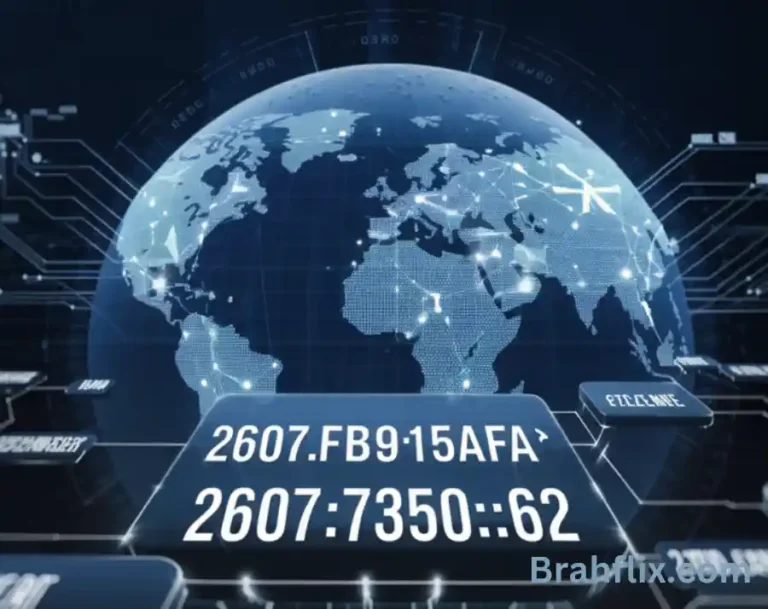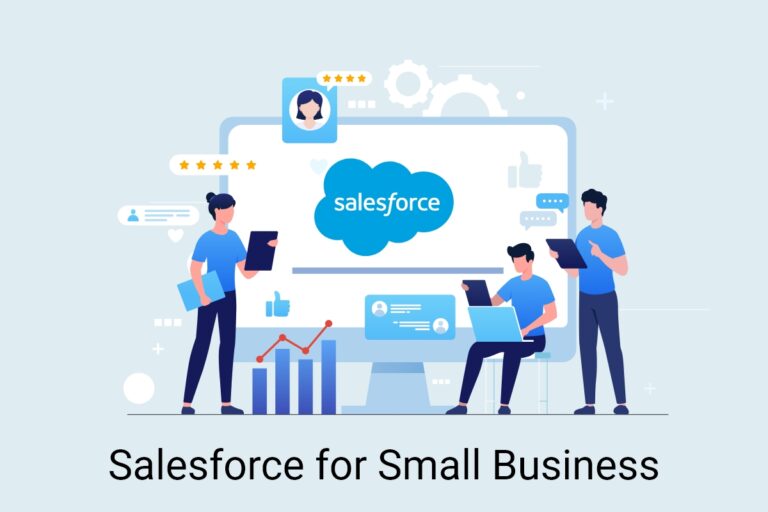Anime Online Private Game (AOPG) is an engaging and immersive platform where players can dive deep into the world of anime, enjoying an array of features that enhance the gaming experience. However, with so many activities, characters, and strategies to manage, it can be overwhelming. This is where Trello, a project management tool, comes into play.
Trello is an intuitive and flexible system that uses boards, lists, and cards to help organize and manage tasks. In the context of AOPG, Trello boards can serve as an indispensable resource for players, offering a way to keep track of game updates, strategies, character builds, and more. In this article, we will explore how to use Trello effectively to enhance your AOPG experience, covering everything from basic setup to advanced usage.
Understanding Trello: A Brief Overview
Trello is a web-based project management application originally created by Fog Creek Software in 2011 and later acquired by Atlassian in 2017. It uses the Kanban methodology, which visualizes tasks on a board, enabling users to track progress from start to finish. Each board contains lists (columns), and each list contains cards (tasks). This structure is perfect for organizing complex projects, including gaming strategies and updates for AOPG.
Setting Up Your AOPG Trello Board
- Create a New Board:
- Start by creating a new Trello board dedicated to AOPG. Name it something easy to recognize, like “AOPG Strategies and Updates.”
- Add Lists to Your Board:
- Begin by adding lists to categorize different aspects of the game. For example:
- Game Updates: Track updates, patches, and new features released by AOPG developers.
- Character Builds: Manage your characters, including stats, equipment, and progression paths.
- Quests and Missions: Keep a log of ongoing, completed, and upcoming quests.
- Team Strategies: Coordinate with friends and guild members to plan team strategies.
- Resources: Compile useful links, guides, and tutorials that can assist you in the game.
- Begin by adding lists to categorize different aspects of the game. For example:
- Customize Your Board:
- Use Trello’s customization options to color-code lists, add labels, and set due dates to ensure you never miss a critical update or event. You can also invite other players to collaborate on the board.
Optimizing Your AOPG Experience with Trello
1. Tracking Game Updates and Patches
- AOPG is continually evolving, with developers frequently releasing updates, bug fixes, and new content. Create a card for each update, detailing the changes and how they impact gameplay. Use the comment section of the card to discuss these updates with fellow players or jot down your thoughts on how the update affects your strategy.
2. Character Builds and Progression
- Each character in AOPG has a unique build, including stats, skills, and equipment. Use Trello cards to keep track of your character’s progression. Include details like:
- Character Name: The name of your character.
- Stats: Record your character’s stats, such as strength, agility, intelligence, etc.
- Skills: Document the skills you’ve acquired, along with their levels.
- Equipment: List your character’s gear, along with any planned upgrades.
- Progression Goals: Set goals for your character’s future development.
You can also create checklists within each card to track specific tasks, such as acquiring a new weapon or reaching a certain level.
3. Organizing Quests and Missions
- AOPG offers a variety of quests and missions that players can complete to gain rewards and advance in the game. To avoid missing out on any opportunities, use Trello to organize your quests:
- Ongoing Quests: List quests you are currently working on, along with their objectives and deadlines.
- Completed Quests: Keep a log of completed quests, including the rewards you’ve earned.
- Upcoming Quests: If you know of any quests that will be available in the future, list them here so you can plan ahead.
You can add due dates to cards to ensure timely completion of quests, especially those with limited-time availability.
4. Planning Team Strategies
- For those who play AOPG with friends or as part of a guild, teamwork is essential. Trello can help coordinate team efforts by allowing you to:
- Assign Roles: Use Trello to assign roles to team members, ensuring everyone knows their responsibilities during missions.
- Plan Strategies: Discuss and document strategies for upcoming challenges or PvP matches.
- Coordinate Events: Plan and schedule events, such as raids or special missions, and invite team members to participate.
5. Compiling Resources
- The AOPG community is full of valuable resources, from guides and tutorials to forums and wikis. Instead of bookmarking dozens of pages, compile them all in one place on your Trello board:
- Guides and Tutorials: Link to helpful guides and video tutorials that cover various aspects of the game.
- Forum Discussions: Save links to insightful forum threads that provide tips and tricks.
- Useful Tools: Include links to any tools or calculators that can help you optimize your gameplay.
Advanced Trello Tips for AOPG Players
1. Automation with Butler
- Trello’s Butler feature allows you to automate repetitive tasks, saving you time and ensuring consistency. For example, you can set up Butler to automatically move cards from the “Ongoing Quests” list to the “Completed Quests” list when you check off all items in a checklist. You can also create rules to send notifications to your team members when a due date is approaching.
2. Using Power-Ups
- Trello offers various Power-Ups that enhance the functionality of your board. Some useful Power-Ups for AOPG players include:
- Calendar: Visualize your quests, missions, and events on a calendar.
- Custom Fields: Add additional fields to your cards to track specific information, such as character stats or quest requirements.
- Card Aging: Highlight neglected cards by making them “age” over time, ensuring no task gets forgotten.
3. Integrating with Other Tools
- If you use other tools alongside Trello, consider integrating them to streamline your workflow. For example, you can link your Trello board with Slack to receive notifications about board activity, or integrate with Google Drive to attach important documents directly to your cards.
Collaborating with the AOPG Community
Trello isn’t just a personal tool; it’s also a great platform for collaboration. By sharing your AOPG Trello board with friends or the broader community, you can:
- Share Strategies: Collaborate on strategies with other players and get feedback on your plans.
- Coordinate Group Activities: Plan and manage group activities like raids or tournaments.
- Exchange Resources: Share helpful links, guides, and tools with other players.
To share your board, simply invite others via email or create a shareable link. You can adjust permissions to control who can view or edit the board.
Conclusion
Trello is a versatile and powerful tool that can significantly enhance your AOPG experience. By organizing your game activities, tracking progress, and collaborating with others, you can stay on top of the ever-evolving world of AOPG and make the most of your time in the game. Whether you’re a solo player focused on character development or a guild leader coordinating team strategies, Trello offers the flexibility and functionality you need to succeed.
As you become more familiar with Trello, you’ll find new ways to tailor the tool to fit your specific needs and preferences. With a well-organized Trello board, you’ll have everything you need at your fingertips, allowing you to focus on what matters most: enjoying the game and achieving your goals in AOPG.








